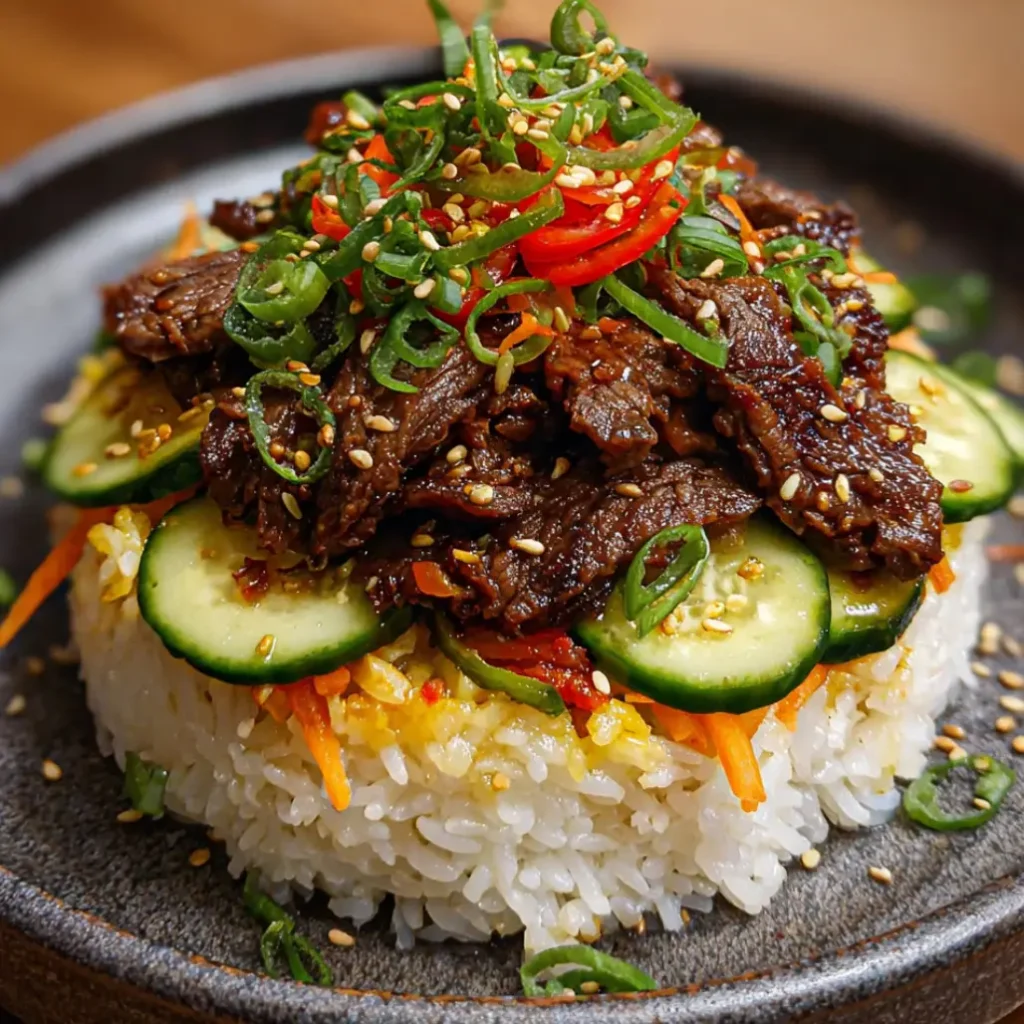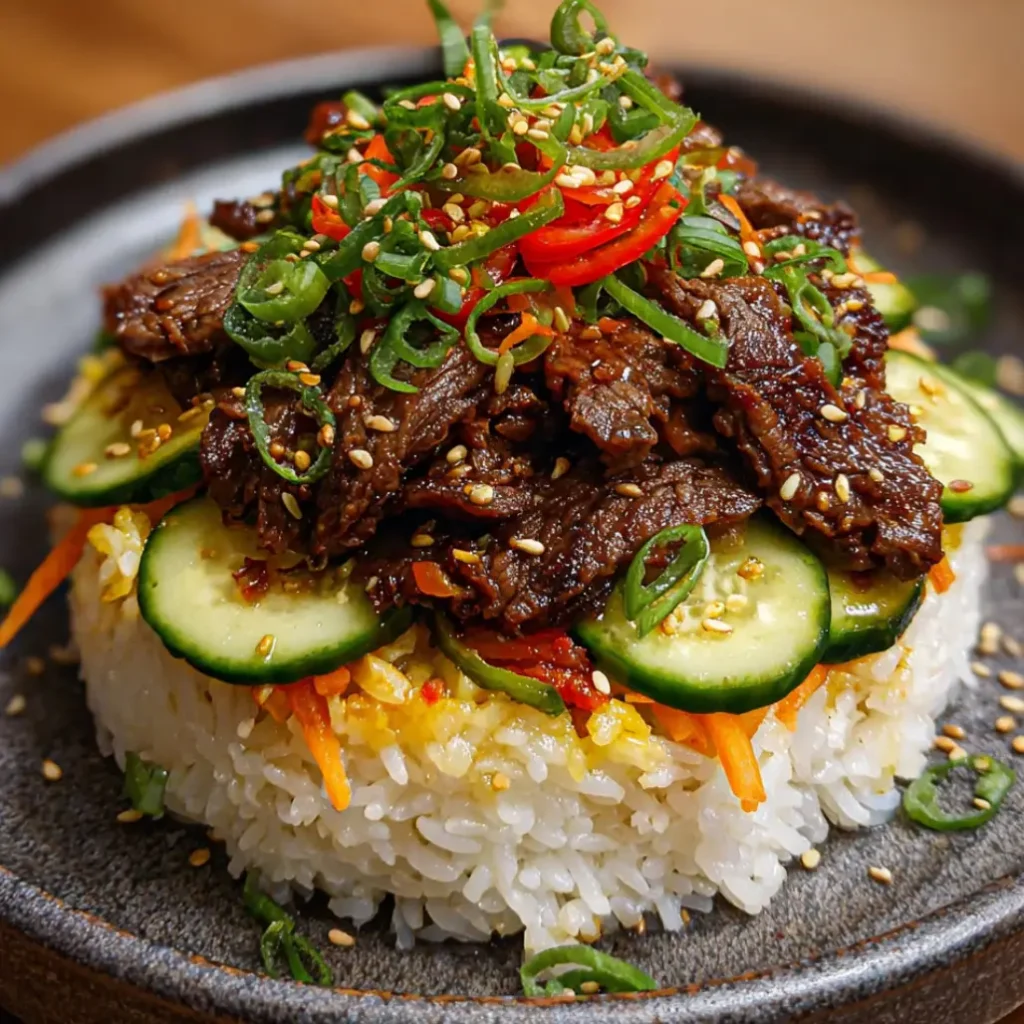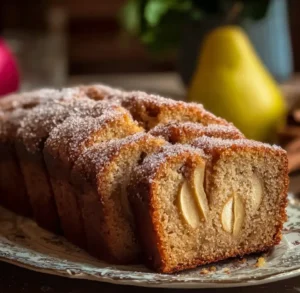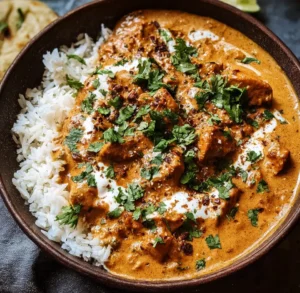| Prep Time: | 30 minutes |
|---|---|
| Cook Time: | 15 minutes |
| Total Time: | 45 minutes |
| Serves: | 4 |
Imagine this stunning Korean BBQ beef stack rising majestically from your dinner plate, because this extraordinary recipe transforms simple ingredients into a visually spectacular meal that delivers complex flavors and satisfying textures in every perfectly balanced bite. This remarkable Korean BBQ beef stack creation showcases the harmony between tender marinated beef, perfectly seasoned rice, and vibrant fresh vegetables because it represents the essence of Korean cuisine’s ability to balance sweet, savory, and umami elements while creating an impressive presentation that elevates any dining occasion.
Why Korean BBQ Beef Stack Creates Culinary Excellence
This exceptional Korean BBQ beef stack recipe succeeds brilliantly because it combines the beloved flavors of traditional bulgogi with an innovative presentation format that transforms ordinary ingredients into restaurant-quality dining experiences. The marinated beef develops incredible depth because the combination of soy sauce, sesame oil, garlic, and natural fruit enzymes creates tender, flavorful meat that practically melts in your mouth while delivering authentic Korean taste profiles.
The genius of this Korean BBQ beef stack lies in its layered construction because each component contributes distinct textures and flavors that complement rather than compete with each other. The seasoned rice provides a neutral foundation because it absorbs the meat juices and marinade flavors, while fresh vegetables add crisp textures and bright colors that create visual appeal and nutritional balance throughout the dish.
The preparation process proves surprisingly manageable because this Korean BBQ beef stack requires only basic cooking techniques that home cooks can master easily while achieving professional-looking results. The stacking method ensures even flavor distribution because each layer contains perfectly proportioned ingredients that create harmonious taste combinations in every single forkful.
Essential Ingredients for Perfect Korean BBQ Beef Stack
For the Bulgogi Marinade:
- 1/2 cup soy sauce, low sodium preferred
- 1/4 cup brown sugar, packed
- 2 tablespoons sesame oil
- 1 Asian pear, grated (or 1 regular pear)
- 4 cloves garlic, minced
- 1 tablespoon fresh ginger, grated
- 2 green onions, chopped
- 1 tablespoon rice wine or mirin
For the Beef and Rice:
- 1.5 pounds ribeye or sirloin steak, thinly sliced
- 2 cups jasmine rice, cooked and warm
- 2 tablespoons rice vinegar
- 1 tablespoon sugar
- 1 teaspoon salt
- 2 tablespoons vegetable oil for cooking
For the Fresh Components:
- 1 large cucumber, julienned
- 1 ripe avocado, sliced
- 1 large carrot, shredded
- 4 green onions, thinly sliced
- 2 sheets nori, cut into strips
- 2 tablespoons sesame seeds, toasted
- Spicy mayonnaise for drizzling
The Art of Creating Korean BBQ Beef Stack
Mastering this spectacular Korean BBQ beef stack requires understanding the intricate balance between marination time, cooking temperature, and assembly techniques because successful execution depends on proper preparation, timing coordination, and presentation skills that transform simple ingredients into extraordinary dining experiences. The marination process proves crucial because enzymes from the Asian pear naturally tenderize the beef while the soy sauce and sesame oil penetrate deeply to create complex flavor profiles.
The rice preparation becomes foundational because properly seasoned rice provides the structural base that supports all other components while absorbing flavors from the marinated beef. The seasoning mixture of rice vinegar, sugar, and salt creates a subtle tang because this combination enhances the natural sweetness of the rice while providing flavor complexity that complements the rich beef components.
Temperature control during cooking proves essential because high heat creates proper caramelization on the beef surface while maintaining tender interiors. The stacking technique requires precision because each layer must be positioned carefully to create stable, visually appealing presentations that showcase the beautiful colors and textures of all ingredients.
Step-by-Step Instructions for Korean BBQ Beef Stack
Step 1: Prepare the Bulgogi Marinade
Combine soy sauce, brown sugar, sesame oil, grated Asian pear, minced garlic, grated ginger, chopped green onions, and rice wine in a large mixing bowl because this creates the flavor foundation that transforms ordinary beef into authentic Korean BBQ. Whisk thoroughly until sugar dissolves completely because proper integration ensures even flavor distribution throughout the marinade.
Professional Tip: Grate the Asian pear finely because the natural enzymes work more effectively when the fruit is broken down into smaller pieces that can penetrate the meat fibers.
Key Points: The pear not only adds sweetness but also contains enzymes that naturally tenderize the beef, making this ingredient essential for authentic texture and flavor development.
Step 2: Marinate the Beef Properly
Slice the beef as thinly as possible, cutting against the grain because this technique ensures maximum tenderness and allows the marinade to penetrate quickly and thoroughly. Place sliced beef in a large resealable bag with the prepared marinade because this method ensures even coating while preventing cross-contamination.
Professional Tip: Freeze the beef for 30 minutes before slicing because partially frozen meat cuts more easily and uniformly, creating consistent thickness that cooks evenly.
Key Points: Marinate for at least 30 minutes at room temperature or up to 24 hours in the refrigerator because longer marination creates deeper flavor penetration and more tender results.
Step 3: Season the Rice Foundation
Cook jasmine rice according to package directions, then transfer to a large bowl while still warm because hot rice absorbs seasonings more effectively than cooled rice. Combine rice Categoriesvinegar, sugar, and salt in a small bowl, stirring until dissolved because this creates the seasoning mixture that transforms plain rice into a flavorful base.
Professional Tip: Use a wooden spoon to fold the seasoning mixture into the warm rice because metal utensils can break the rice grains and create mushy texture.
Key Points: Allow the seasoned rice to cool slightly before assembly because warm rice maintains its shape better during stacking while still being pliable enough to mold properly.
Step 4: Cook the Marinated Beef
Heat vegetable oil in a large cast-iron skillet or wok over high heat because hot cooking surfaces create proper caramelization that develops complex flavors and appealing color. Remove beef from marinade and cook in batches because overcrowding the pan creates steam that prevents proper browning.
Professional Tip: Reserve some marinade for drizzling over the finished stack because the reduced cooking liquid adds extra flavor and glossy appearance to the presentation.
Key Points: Cook each batch for 2-3 minutes until edges are caramelized and beef is cooked through because thin slices cook quickly and can become tough if overcooked.
Step 5: Prepare Fresh Components
Julienne cucumber into thin matchsticks, slice avocado into thin pieces, and shred carrots using a box grater because uniform cuts create professional presentation and ensure consistent bite sizes. Thinly slice green onions and toast sesame seeds in a dry pan because these finishing touches add color, texture, and aromatic elements.
Professional Tip: Prepare vegetables just before assembly because fresh cuts maintain crispness and prevent oxidation that can affect both appearance and flavor.
Key Points: Keep prepared vegetables separate until assembly because this prevents mixing of flavors and maintains distinct textural elements that create interest in each bite.
Step 6: Assemble the Stack Masterfully
Use a round mold or large measuring cup to create uniform stacks because consistent shape ensures professional presentation and stable structure. Pack seasoned rice firmly into the bottom of the mold, add a layer of cooked beef, then arrange vegetables in colorful layers because this technique creates visual appeal while ensuring flavor balance.
Professional Tip: Press each layer gently but firmly because proper compaction prevents the stack from falling apart when the mold is removed while maintaining distinct layers.
Key Points: Remove the mold carefully by lifting straight up because twisting motions can disturb the layered structure and create messy presentation.
Professional Tips for Perfect Korean BBQ Beef Stack
Ingredient quality significantly impacts final results because premium beef, fresh vegetables, and authentic Korean ingredients create superior flavor compared to budget alternatives. Choose ribeye or sirloin for optimal tenderness because these cuts have the right fat content and grain structure for thin slicing and quick cooking methods.
Timing coordination proves essential because all components should be prepared and ready before assembly begins. Cook the beef just before serving because hot, freshly cooked meat provides the best flavor and texture, while reheated beef can become tough and lose its appealing presentation qualities.
Presentation details make significant differences because garnishing with toasted sesame seeds, nori strips, and spicy mayonnaise drizzles creates restaurant-quality visual appeal that enhances the overall dining experience and demonstrates culinary skill and attention to detail.
Creative Variations for Korean BBQ Beef Stack
Transform this basic Korean BBQ beef stack into exciting alternatives because customization allows you to explore different protein options and flavor profiles while maintaining the essential stacking technique. Substitute thinly sliced chicken thighs or pork shoulder because these proteins absorb marinades beautifully and create different taste experiences while working perfectly with the same preparation methods.
Vegetarian versions succeed wonderfully when using marinated mushrooms or seasoned tofu because these alternatives provide substantial texture and absorb Korean flavors effectively. Consider shiitake mushrooms or extra-firm tofu because these ingredients maintain their structure during cooking while developing complex umami flavors that complement the other stack components.
Experiment with different rice varieties because sushi rice creates stickier texture, while brown rice adds nutty flavor and additional nutrition. Each grain type brings unique characteristics because the cooking properties and flavor profiles vary significantly, allowing you to customize the dish according to dietary preferences and taste requirements.
Perfect Pairing Ideas for Korean BBQ Beef Stack
This substantial Korean BBQ beef stack pairs excellently with light, refreshing sides that complement rather than compete with the rich, savory main dish because balance creates more enjoyable dining experiences. Consider crisp salads from https://tastymiddles.com/category/salads/ because acidic dressings and fresh greens provide palate-cleansing elements that enhance appreciation of the complex beef flavors.
Begin your meal with traditional Korean appetizers from https://tastymiddles.com/category/snacks-appetizers/ because banchan-style small plates create authentic dining experiences while preparing the palate for the substantial main course. Complement the meal with thoughtfully chosen sides from https://tastymiddles.com/category/perfect-sides/ because properly prepared vegetables maintain the Korean theme while providing nutritional balance.
Beverage selections should enhance rather than overwhelm because Korean beer, sake, or light white wines provide refreshing contrast to the rich, umami-heavy flavors. Traditional Korean beverages like barley tea or sparkling water with citrus work excellently because they cleanse the palate while allowing the complex beef and rice flavors to shine throughout the meal.
Discover More Asian Culinary Adventures
Expand your Asian cooking repertoire with complementary recipes that share similar flavor profiles because building expertise in Korean cuisine opens doors to related culinary traditions and techniques. Explore savory sides at https://solushrecipes.com/category/savory-sides/ because Asian-inspired vegetables and starches create cohesive menu themes that showcase your developing skills.
Enhance your flavor development with marinades from https://solushrecipes.com/category/flavored-dips-marinades/ because these versatile preparations transform simple ingredients into complex dishes that demonstrate understanding of Asian cooking principles and techniques. Consider refreshing beverages from https://solushrecipes.com/category/refreshing-beverages/ because properly chosen drinks enhance Asian meals while providing cooling contrast to rich, savory flavors.
Complete your culinary education with breakfast favorites from https://solushrecipes.com/category/breakfast-favorites/ because incorporating Asian elements into morning meals creates opportunities to practice techniques while exploring the versatility of Korean and related Asian flavor profiles throughout the day.
Storage Guidelines for Korean BBQ Beef Stack
Proper storage techniques preserve both flavor and texture because leftover Korean BBQ beef stack components can provide delicious meals for several days when handled correctly. Store cooked beef and seasoned rice separately because this prevents the rice from becoming soggy while maintaining the meat’s texture and flavor integrity during refrigeration.
Individual components keep for up to four days in airtight containers because proper sealing prevents moisture loss and flavor contamination from other refrigerator contents. Fresh vegetables should be stored separately because they maintain crispness longer when not exposed to moisture from cooked components, allowing you to reassemble fresh stacks as needed.
Reheat beef gently in a skillet because this method restores the caramelized exterior while maintaining tender texture, avoiding microwave heating that can create tough, chewy results. Warm rice briefly in the microwave with a damp paper towel because this technique restores moisture and proper texture without overcooking the grains.
The Science Behind Perfect Korean BBQ Beef Stack
Understanding the marination process improves results because enzymatic tenderization and flavor penetration depend on specific chemical reactions that require proper time, temperature, and ingredient ratios. The Asian pear contains proteolytic enzymes because these natural compounds break down protein fibers, creating the characteristic tenderness associated with authentic bulgogi preparations.
Maillard reactions during high-heat cooking create complex flavors because amino acids and sugars in the marinade interact under heat to produce appealing colors and taste compounds. The soy sauce provides both sodium and amino acids because these components enhance umami flavors while contributing to proper browning reactions during the cooking process.
Rice starch behavior affects stacking success because properly cooked grains maintain structure while remaining pliable enough for molding. The vinegar seasoning creates slight acidity because this pH adjustment helps preserve color and enhances flavor complexity while preventing bacterial growth during storage periods.
Troubleshooting Common Korean BBQ Beef Stack Issues
Tough beef results from overcooking or improper slicing because high heat applied too long denatures proteins excessively, while cutting with the grain creates chewy texture that diminishes eating enjoyment. Always slice against the grain and cook quickly because these techniques ensure optimal tenderness and proper texture development.
Unstable stacks occur when rice is too wet or components aren’t packed properly because excess moisture prevents proper adherence between layers. Drain rice thoroughly and press firmly during assembly because these steps create stable structures that maintain their shape during serving and eating.
Bland flavors indicate insufficient marination time or improper seasoning balance because Korean cuisine relies on bold, well-developed taste profiles that require adequate time for flavor penetration. Taste components individually and adjust seasoning because this approach ensures each element contributes properly to the overall flavor harmony.
Additional Asian Recipe Inspirations
Continue your exploration of Asian cuisine with sweet endings from https://tastymiddles.com/category/dessert-recipes/ because traditional Asian desserts provide satisfying conclusions to rich, savory meals like this Korean BBQ beef stack. Consider fruit-based preparations or light, refreshing textures because these choices balance heavy main courses while maintaining cultural authenticity.
Build your technical skills with similar layered presentations because mastering stacking techniques opens opportunities for creative variations that showcase seasonal ingredients and personal preferences. Asian cooking emphasizes harmony and balance because these principles create satisfying meals that nourish both body and spirit while demonstrating respect for culinary traditions.
Remember that culinary mastery develops through practice because each preparation provides valuable learning experiences that enhance your understanding of ingredient interactions, flavor development, and presentation techniques that make home cooking truly rewarding and personally fulfilling.
Conclusion
This extraordinary Korean BBQ beef stack recipe represents the perfect marriage of traditional Korean flavors and modern presentation techniques because it transforms beloved bulgogi into a visually stunning dish that delivers restaurant-quality results in home kitchens. The combination of tender marinated beef, perfectly seasoned rice, and fresh vegetables creates a multi-textural experience because each component contributes unique characteristics that work together harmoniously.
Whether preparing intimate family dinners or entertaining guests for special occasions, this Korean BBQ beef stack guarantees impressive results because the bold flavors and elegant presentation demonstrate culinary sophistication while remaining accessible to home cooks of all skill levels. The recipe’s versatility allows for creative customization because ingredient substitutions and presentation variations accommodate dietary preferences and seasonal availability without compromising the essential Korean character that makes this dish truly memorable and absolutely delicious.









